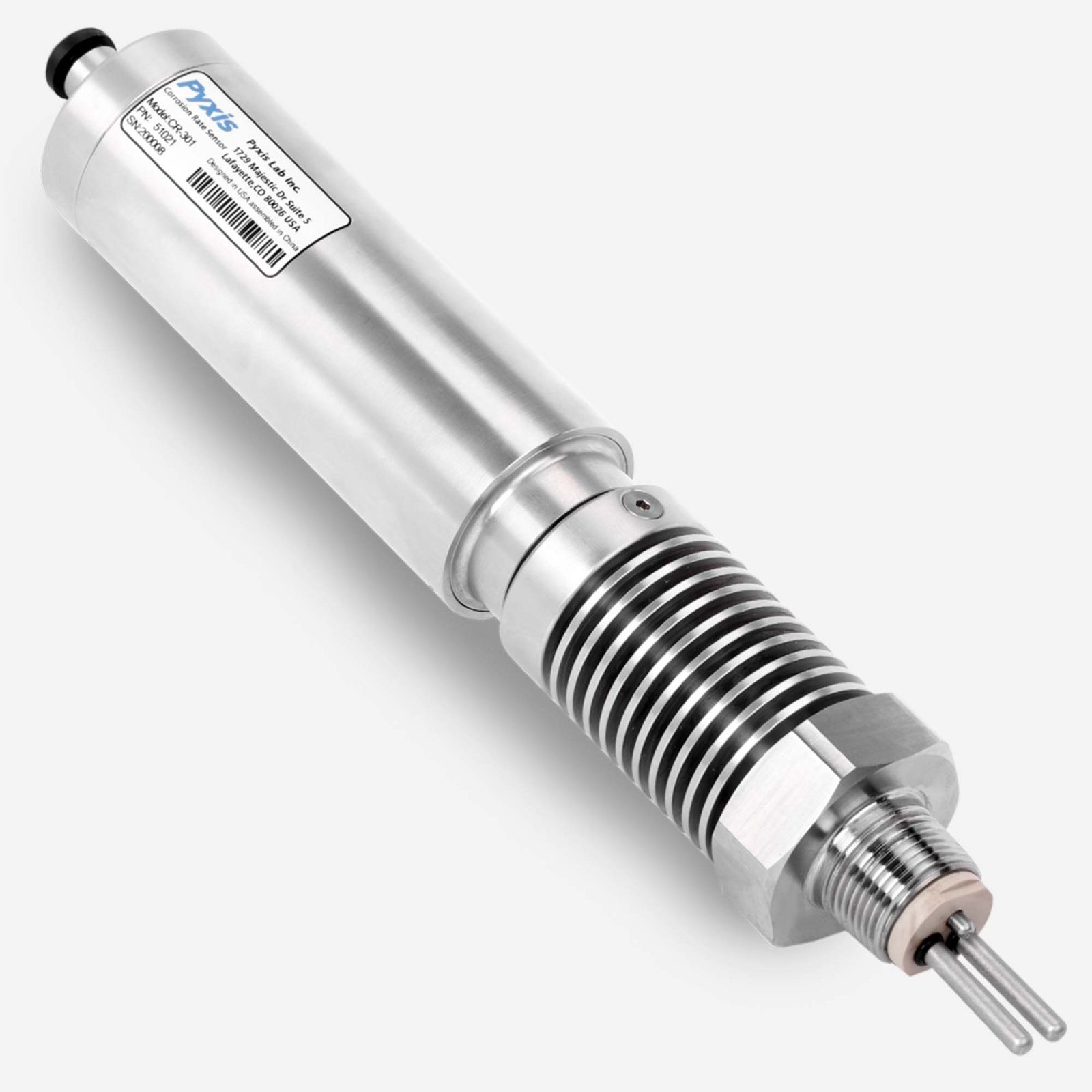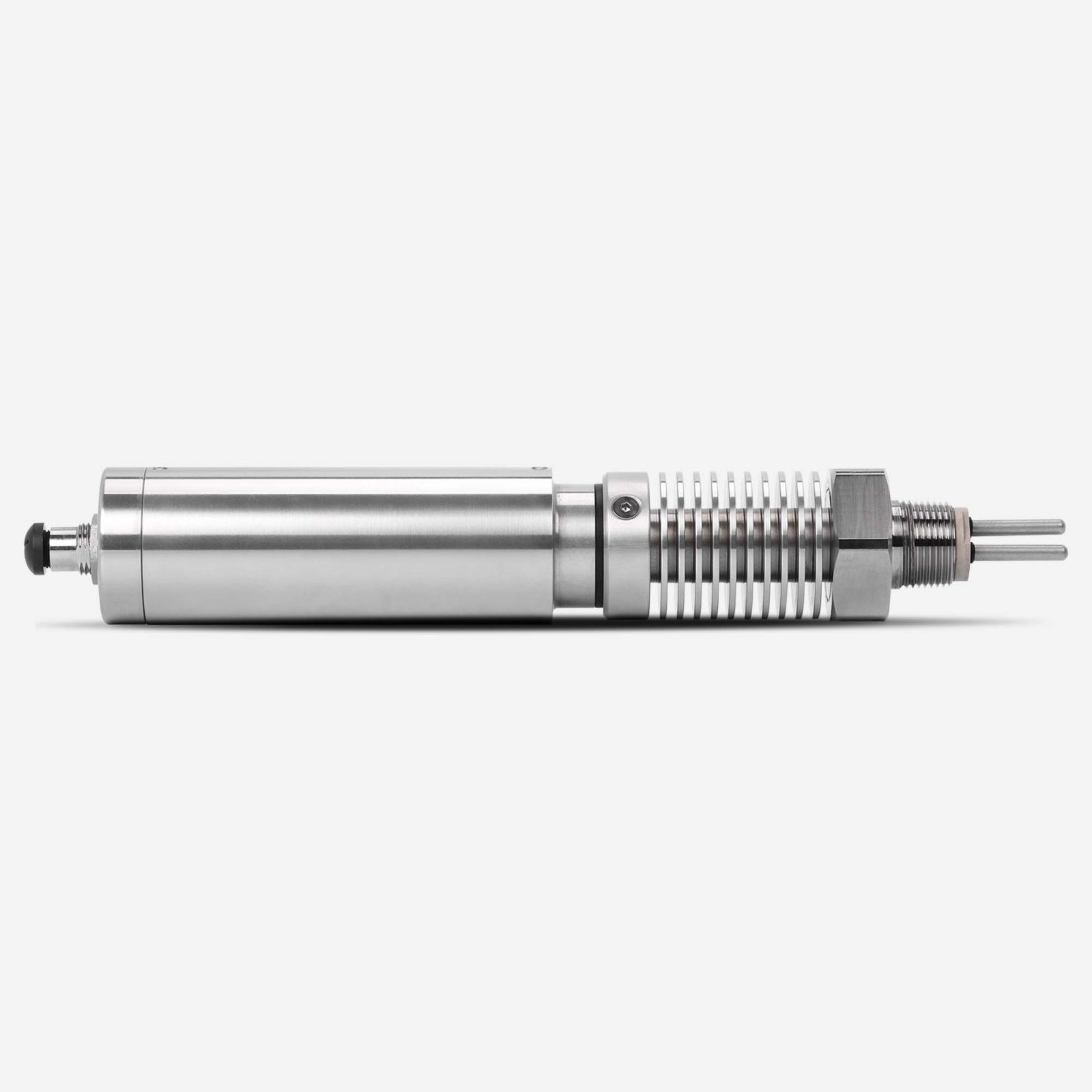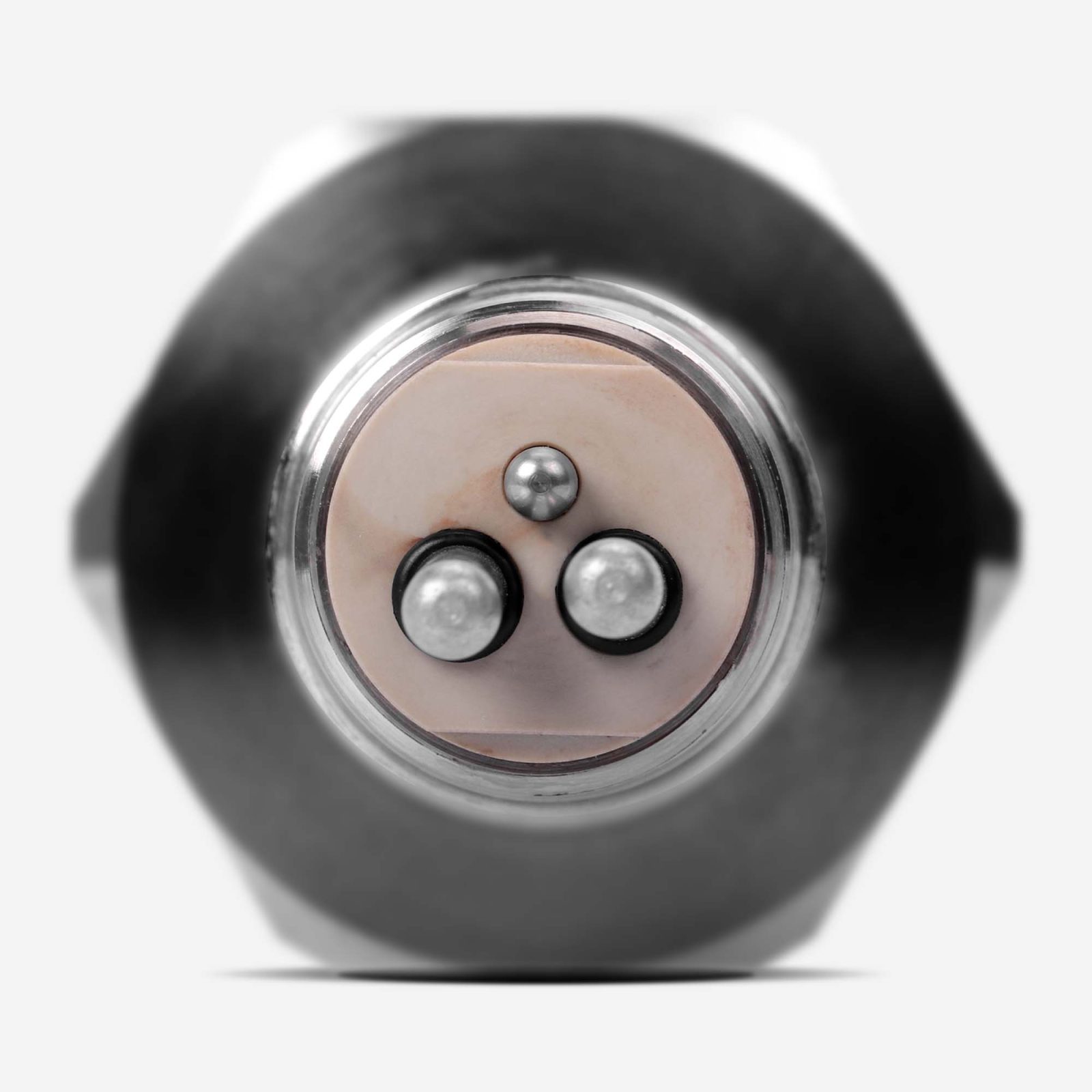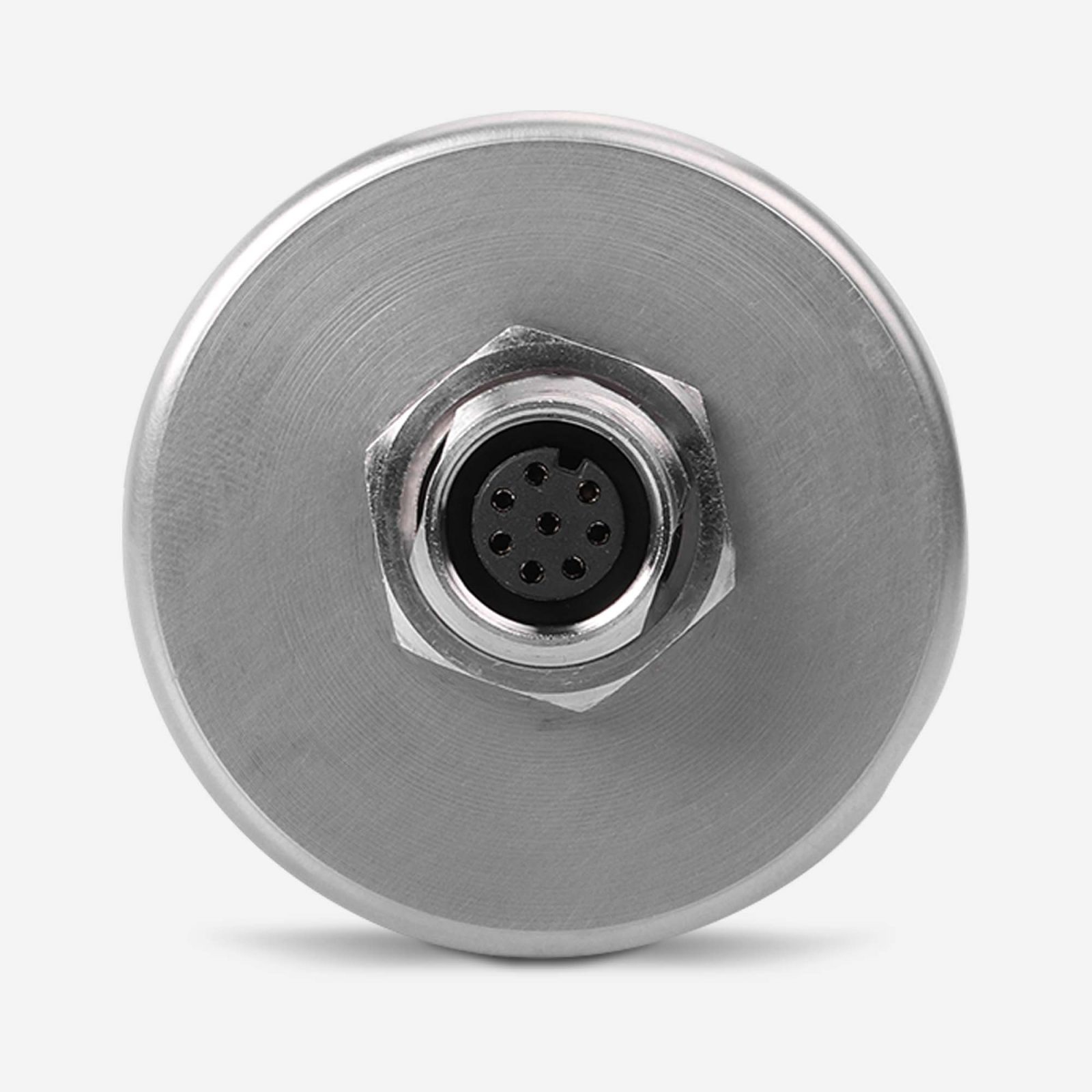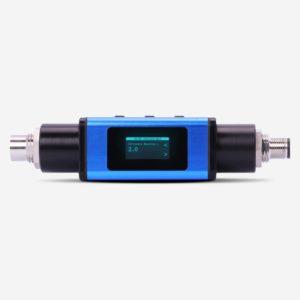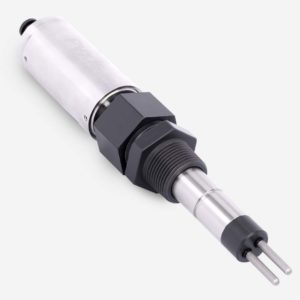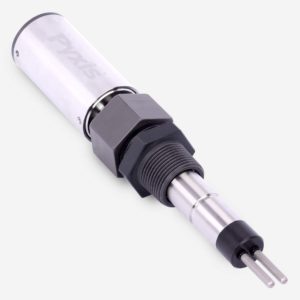LPR Corrosion Sensors vs. Corrosion Coupons
LPR sensors, such as the CR-300, provide affordable and instant corrosion measurement. The LPR level reading represents the real-time electrochemical measurement of corrosion. Measurements gathered from the CR-300 are instant and represent the “real-time conditioning” on an MPY scale based on the metallurgy being assessed.
Description
The CR-300 corrosion rate sensor is ideal for cooling and process water monitoring. In addition to being reliable and affordable the sensor utilizes the linear polarization resistance (LPR) method to produce a raw signal. The raw signal is conditioned, amplified and digitized inside the sensor. Moreover, this avoids interference from the raw signal caused by long distance wiring. Our corrosion sensors measure sample water conductivity directly. Next it also measures for electrochemical noise. The measured noise data is used to calculate an index to quantify the localized corrosion rate also referred to as pitting.
Typical Applications
- High Temperature Applications
- High Pressure Applications
- Geothermal – Process
- District Energy – Heating
- Oil & Gas – Process & Produced Water
Features
- Anti-Electromagnetic Interface (anti-EMI) Design with Titanium Sensor Body
- RS-485 Modbus Output
- 2x 4–20mA Outputs (General & Localized Corrosion)
- Integrated Cooling Fin Design for High Temperature Applications
- Bluetooth® Connectivity to uPyxis® App when used with the MA-CR Adapter
- Default 4–20mA Output Scales and Alloy Factors assigned for selected metallurgy via uPyxis®
- Customization of Alloy Factor and Upper MPY/Index (20mA) Scale as desired via uPyxis®
- Ultra-Low General Corrosion Rate Detection down to 0.001MPY
